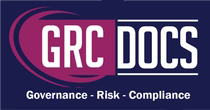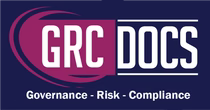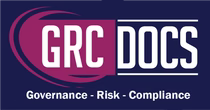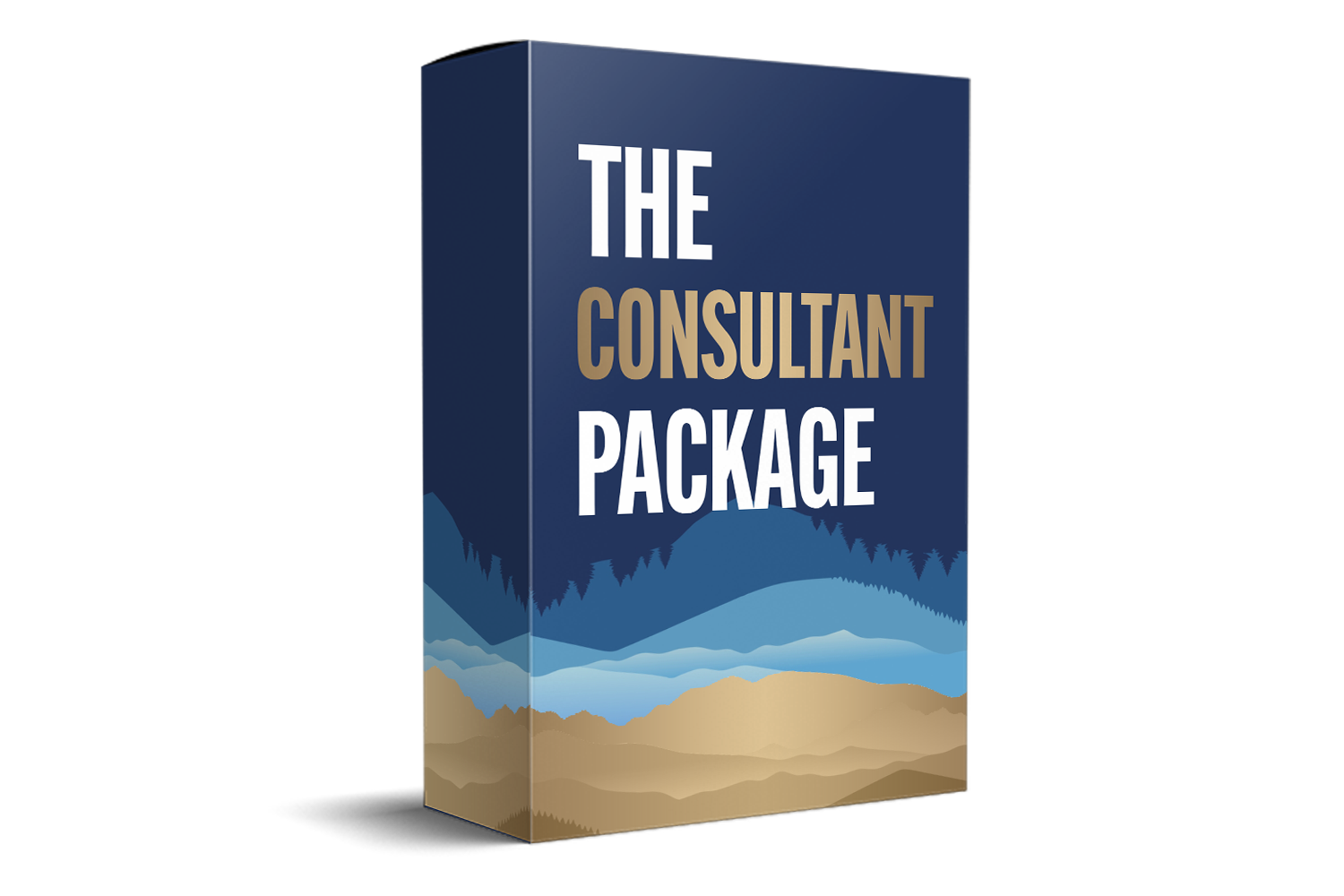SOC2 vs SOX
Introduction
SOC 2 and SOX are two important compliance frameworks that help organizations ensure the security, confidentiality, and privacy of their customers' data. SOC 2 stands for Service Organization Control 2, while SOX stands for Sarbanes-Oxley Act. Although both frameworks have similar goals, there are some significant differences between them.

What Is SOC 2?
SOC 2 is a framework developed by the American Institute of Certified Public Accountants (AICPA) to ensure the security, availability, processing integrity, confidentiality, and privacy of customer data for service organizations. It provides a comprehensive set of criteria for evaluating the effectiveness of an organization's controls over its systems and processes. SOC 2 reports are prepared by independent auditors and can be used to provide assurance to customers and other stakeholders that an organization has adequate controls in place to protect their data.
SOC 2 reports are generally issued in one of two forms: Type 1, which reports on the design of an organization's controls, and Type 2, which reports on the effectiveness of those controls over a specified period of time.
Understanding SOC 2 Reports and Their Role in Information Security and Trust Management
-
Overview of SOC 2 and Its Purpose:
-
A SOC 2 report (System and Organization Controls 2) focuses on an organization’s information security and data protection practices.
-
It helps demonstrate how a company safeguards customer data and ensures operational integrity.
-
SOC 2 compliance builds trust with clients by aligning with the Trust Services Criteria (TSC).
-
-
Types of SOC Reports:
-
There are different types of SOC reports: SOC 1 (financial controls), SOC 2 (security and privacy controls), and SOC 3 (public summary reports).
-
SOC 2 specifically targets security, availability, processing integrity, confidentiality, and privacy — the five Trust Services Criteria.
-
-
Type 1 vs. Type 2 Reports:
-
A Type 1 report evaluates the design and implementation of controls at a single point in time.
-
It provides a snapshot of whether controls are suitably designed but does not assess their ongoing effectiveness.
-
In contrast, a Type 2 report tests the operating effectiveness of those controls over a period of time.
-
-
Scope and Inclusion:
-
Only controls that are relevant to the Trust Services Criteria and the organization’s commitments need to be included in the report.
-
The scope depends on the services offered and the systems that manage customer data.
-
This targeted inclusion helps ensure accuracy, clarity, and compliance relevance.
-
-
Trust Services Criteria and Trust Management Platform:
-
The Trust Services Criteria’s trust management platform serves as the foundation for assessing control effectiveness.
-
It provides principles and standards for how organizations establish, implement, and maintain controls related to data protection and privacy.
-
Ensures that organizations maintain integrity and transparency in their security operations.
-
-
Automation and Evidence Collection:
-
Modern compliance programs automate evidence collection to streamline audits and reduce human error.
-
Continuous monitoring tools automatically gather logs, configurations, and control evidence.
-
This improves efficiency and helps maintain readiness for future SOC 2 assessments.
-
-
Information Security and Customer Assurance:
-
SOC 2 compliance enhances the organization’s information security posture and demonstrates commitment to data protection.
-
Builds customer trust and meets regulatory or contractual requirements for data management and security assurance.
-
Strengthens competitive advantage in industries handling sensitive or regulated data.
-
Purpose Of SOC 2
The purpose of SOC 2 is to provide a comprehensive set of guidelines for evaluating the effectiveness of controls related to the security, availability, processing integrity, confidentiality, and privacy of customer data for service organizations. SOC 2 is intended to provide assurance to customers and other stakeholders that an organization has adequate controls in place to protect their data. SOC 2 reports are prepared by independent auditors and can be used to provide evidence of an organization's compliance with these guidelines. SOC 2 compliance is becoming increasingly important as more and more organizations store and process sensitive customer data.
The purpose of SOC 2 is ultimately to help organizations demonstrate their commitment to protecting their customers' data and to build trust with their customers and stakeholders. By complying with SOC 2 guidelines, organizations can show that they take data security and privacy seriously and that they have implemented appropriate controls to protect their customers' data.
What Is SOX?
The Sarbanes-Oxley Act (SOX) is a US federal law that was enacted in 2002 in response to a series of high-profile financial scandals. It is intended to protect investors by improving the accuracy and reliability of corporate financial disclosures. SOX requires public companies to establish and maintain internal controls over financial reporting and to have those controls audited annually by an independent auditor.
The law also established the Public Company Accounting Oversight Board (PCAOB), which oversees the auditors of public companies.
Purpose Of SOX
The purpose of the Sarbanes-Oxley Act (SOX) is to protect investors by improving the accuracy and reliability of corporate financial disclosures. The law was enacted in response to a series of high-profile financial scandals that shook investor confidence in the US financial markets. SOX is intended to achieve this goal by requiring publicly traded companies to establish and maintain internal controls over financial reporting and to have those controls audited annually by an independent auditor. The internal controls required by SOX are intended to prevent fraudulent accounting practices and financial misrepresentations.
The law requires companies to establish controls over financial reporting, including the authorization and recording of transactions, access to assets, and the maintenance of accurate financial records.SOX also requires companies to disclose their internal control procedures and to have their auditor attest to the effectiveness of those controls.
Overall, the purpose of SOX is to restore investor confidence in the US financial markets by improving the accuracy and reliability of corporate financial disclosures and by holding companies accountable for their financial reporting practices.
Differences Between SOC 2 And SOX
- Scope: SOC 2 applies to service organizations that store or process customer data, while SOX applies only to publicly traded companies.
- Focus: SOC 2 focuses on the security, availability, processing integrity, confidentiality, and privacy of customer data, while SOX focuses on the accuracy and reliability of financial reporting.
- Auditing: SOC 2 reports are prepared by independent auditors, while SOX requires that the auditor of a public company's financial statements also audit the company's internal controls over financial reporting.
- Reporting: SOC 2 reports can be issued in either Type 1 or Type 2 form, while SOX requires an annual report on the effectiveness of internal controls over financial reporting.
- Penalties: Failure to comply with SOC 2 requirements can result in loss of business or reputation damage, while failure to comply with SOX can result in fines, imprisonment, or delisting from public stock exchanges.
Conclusion
SOC 2 and SOX are two important compliance frameworks that have different scopes, focuses, and auditing requirements. Both frameworks are important for ensuring the integrity of organizational processes and systems, and compliance with these frameworks can help organizations build trust with their customers and stakeholders.





